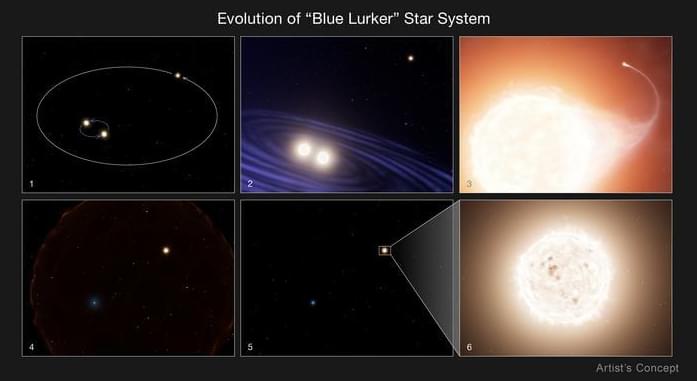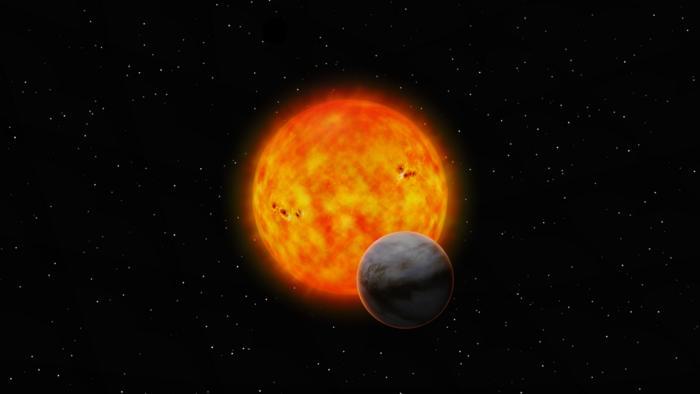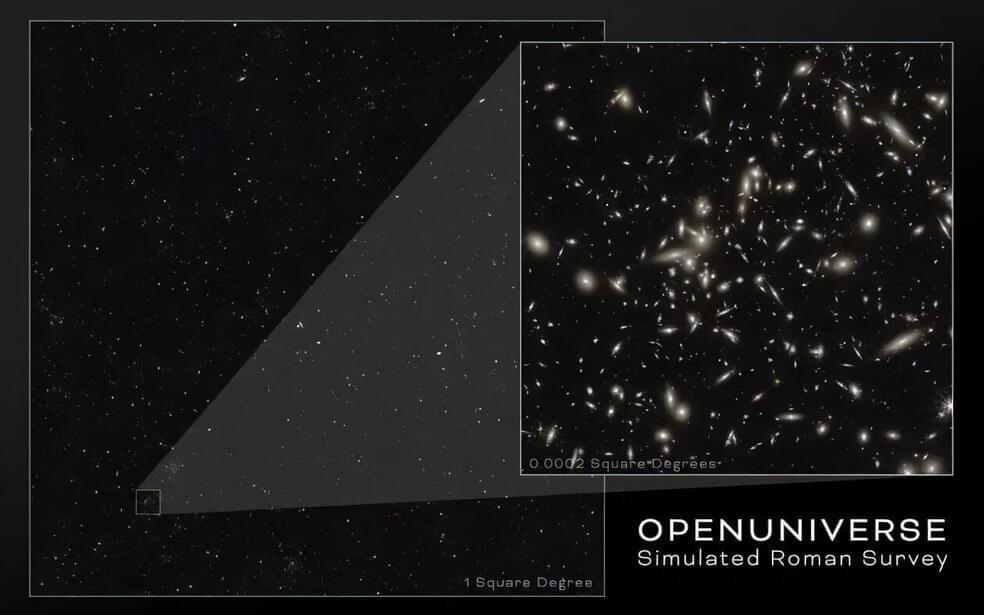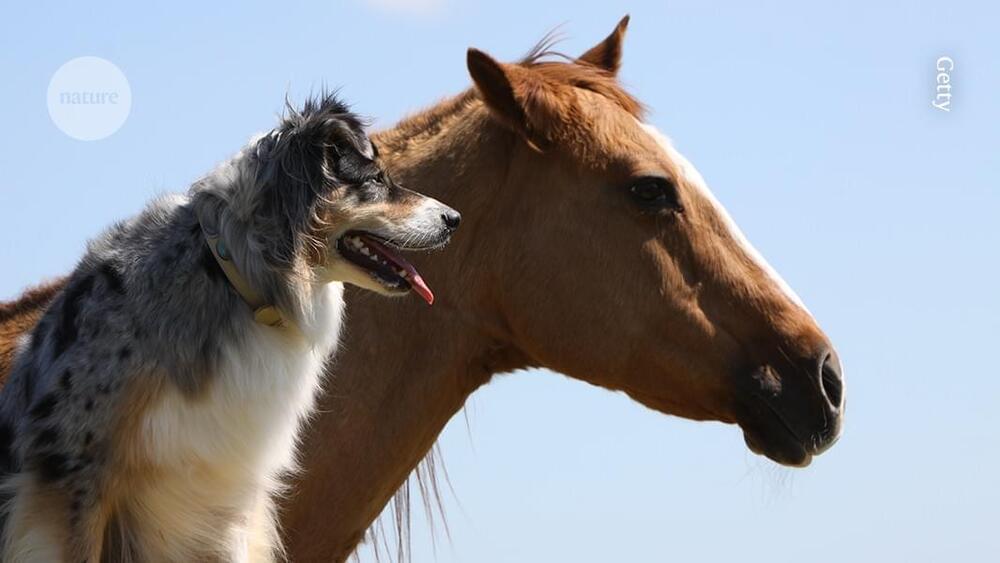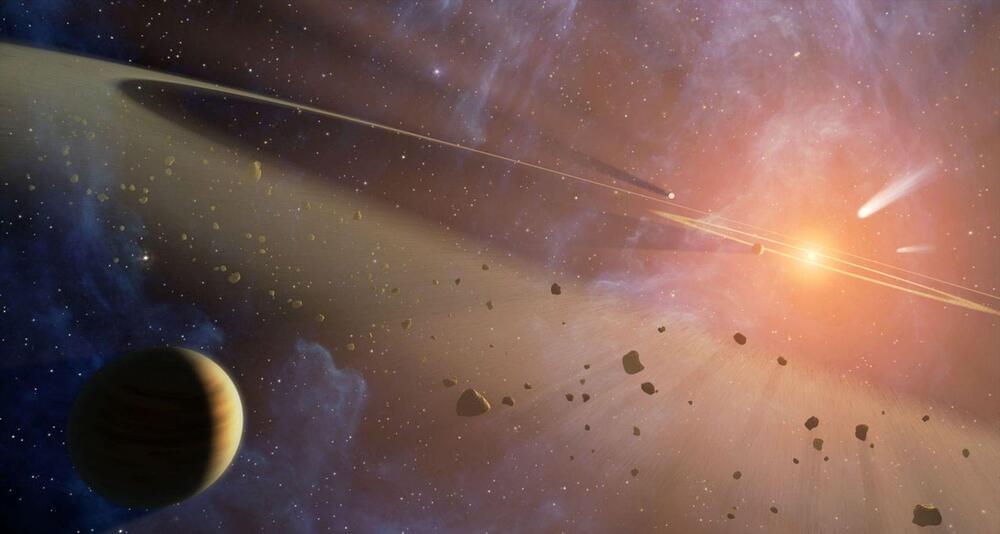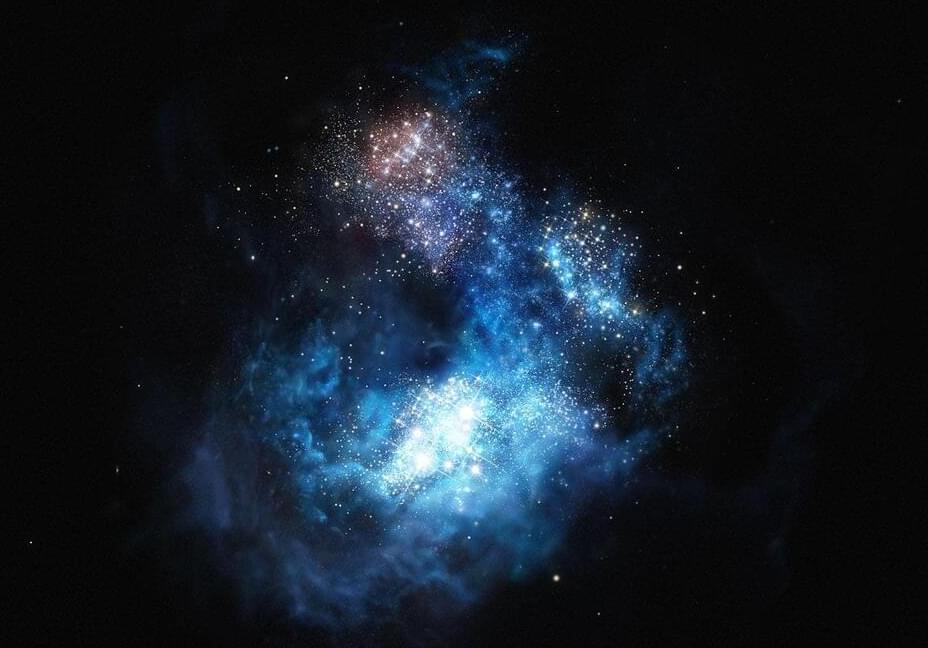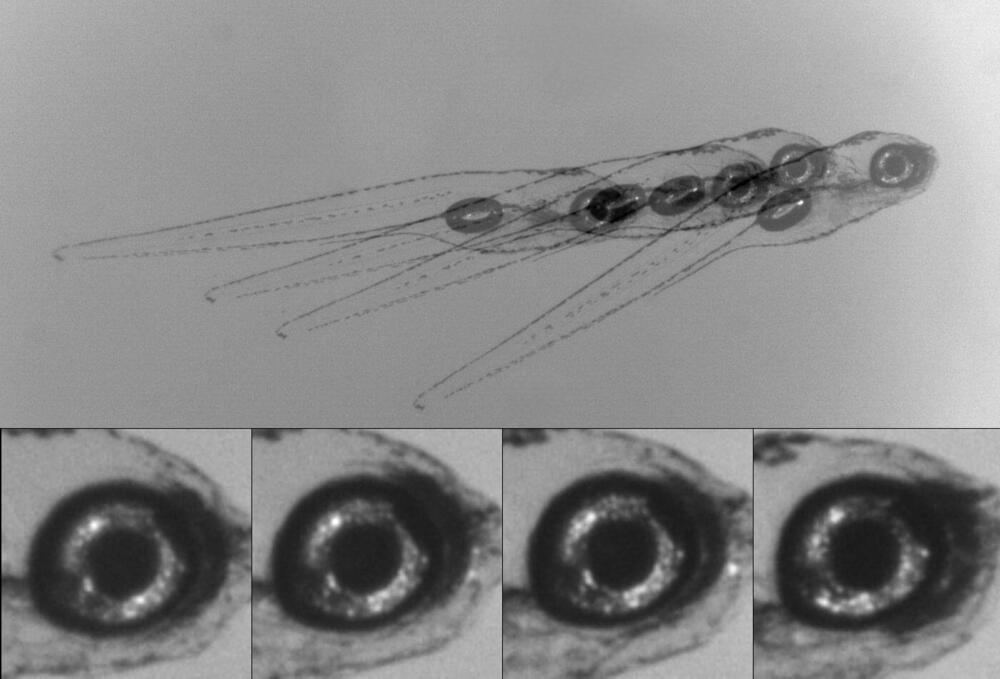The utility of left atrial appendage occlusion (LAAO) as a therapy for stroke prevention in patients with nonvalvular atrial fibrillation (AFib) is the focus of a State-of-the-Art Review published Jan. 8 in JACC: Clinical Electrophysiology.
Jalaj Garg, MBBS, FACC, et al., discuss the procedure’s journey to becoming a mainstream approach for stroke prevention, advancements in LAAO devices over the past two decades, and domains requiring additional scientific inquiry. The authors describe the LAA as an “important therapeutic target” in treating patients with AFib, as the LAA is “the most common site for thrombus formation and an important source of non-pulmonary vein triggers.” They outline the anatomy, physiology and clinical relevance of the LAA along with the evolution of LAA exclusion techniques and devices overtime.
Acknowledging the major advancements in LAAO device technology and clinical benefits, the authors note the ACC, American Heart Association and Heart Rhythm Society have “updated recommendations to Class 2a in patients with moderate to high risk for stroke or contraindications to long-term [oral anticoagulation (OAC)], with weak recommendations (Class 2b) in patients with moderate to high risk for stroke or reasonable to continue long-term OAC.”

